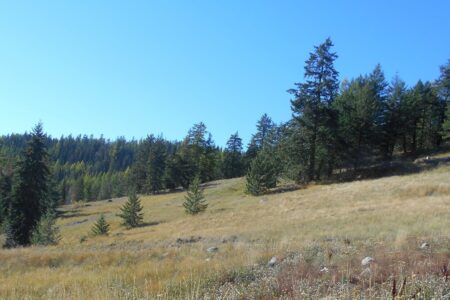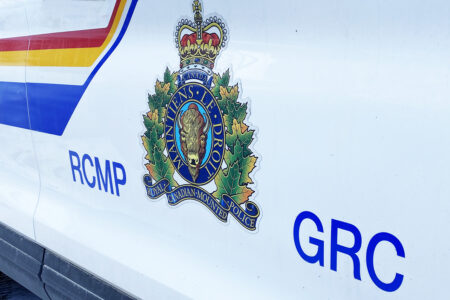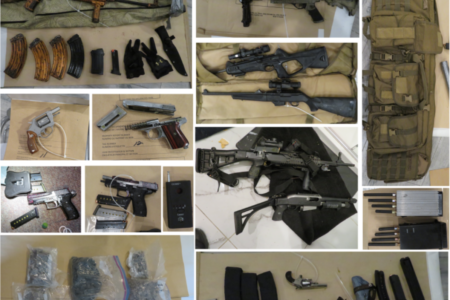The High Cost of Fire Services: Part One.
This year, Rossland — with our population of around 3600 souls — will pay $511,000 to the Regional District of Kootenay Boundary for our share of the regional Fire Services. That amount includes a share of the salary and related expenses ($220,000 added to the regional fire services budget for only part of this year) for a new fire training position that the RDKB board voted to bring to Trail. Rossland Councillor Lloyd McLellan, attending the meeting as our representative, voted against the new position, arguing that the added expense shouldn’t be necessary.
McLellan referred to an article in the Province newspaper, repeating information from a paper done by the Fraser Institute on Municipal Fire Services. The information indicated that the number of firefighters has been rising over the past several years, and the cost of fire services has been rising, while the actual number of fires has been decreasing. (Improved building codes and requirements for sprinkler systems may have contributed to the diminishing number of building fires across the country.)
Statistics cited included those stating that across Canada, total spending on fire services has been increasing faster than the cost of living; that the increase in the number of firefighters has increased faster than the rate of population growth; that firefighters’ wages have been increasing faster than the cost of living; and that spending on fire services has increased more than spending on education. Both the Fraser Institute study and the Province article concluded that if municipalities are looking to reduce expenses, they should take a good hard look at their spending on fire services.
A response to the Fraser Institute study by Laura King, the editor of “Firefighting In Canada” pointed out some flaws in the Fraser Institute study data, added that fires now burn hotter and more dangerously and that firefighters respond to many other types of emergencies as well, and concluded that ” … municipalities are matching the level of service to the risks in their communities — because that’s what taxpayers want.”
What about Rossland? Have our taxpayers demanded a new training position for the region’s firefighters, and do we feel that the $511,000 for this year is fair payment for a measure of protection against the fire risks we face? Are most of us Rossland taxpayers happy with decisions made for us by the RDKB board?
Should Rossland pay as much per capita as those living in the rural areas of our region — who are more distant from fire protection and firefighting infrastructure? How much should our firefighters be paid? Mayor Kathy Moore points out that firefighters around BC are paid “on a general standard that is based on a Vancouver firefighter’s salary” and questions whether that is fair, given the very high cost of living in Vancouver compared with this area. Moore also said “some of the justification for (the new position) seemed weak” and indicated that she felt frustrated by the failure to actively seek cost savings elsewhere.
Moore acknowledged that the RDKB board approved the new training position for a three-year “trial basis” but doubted that it would be easy to end the position if it didn’t seem to be cost-effective after all: “It’s easy to bring on a new position but nearly impossible to do away with it once it is established.” She expressed a fear that fire services are “becoming unaffordable.”
McLellan questioned the need for fire services to show up as first responders for every incident when an ambulance is called, and indicated that some discretion should be used so that an excess of first responders don’t end up being called out, costing taxpayers money, and then standing around watching the other emergency personnel. For instance, when someone’s back goes into spasm and they need to be taken to the hospital on a gurney — do we really need fire services to arrive, sirens blaring at 5:00 a.m., to help the afflicted patient wait for the ambulance (in case it hasn’t arrived first)?
This is part one; part two will follow after I have met with Moore, McLellan, and Interim CAO Mike Maturo for more information. In the meantime, if you have thoughts on the subject, please share them in a comment — begin a discussion.


























